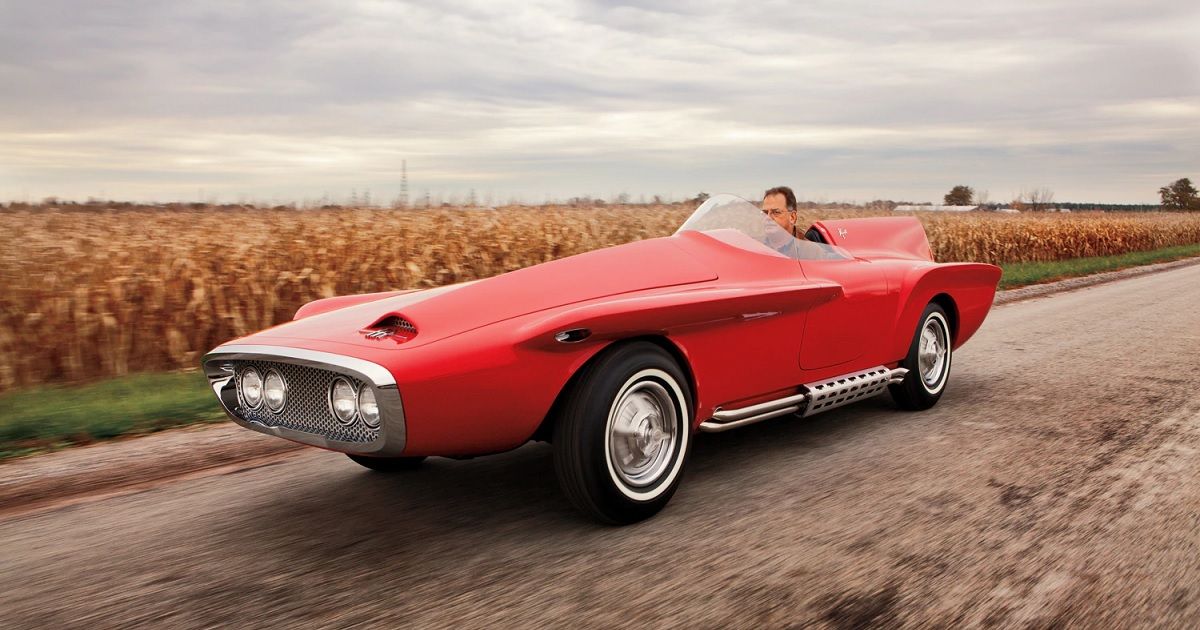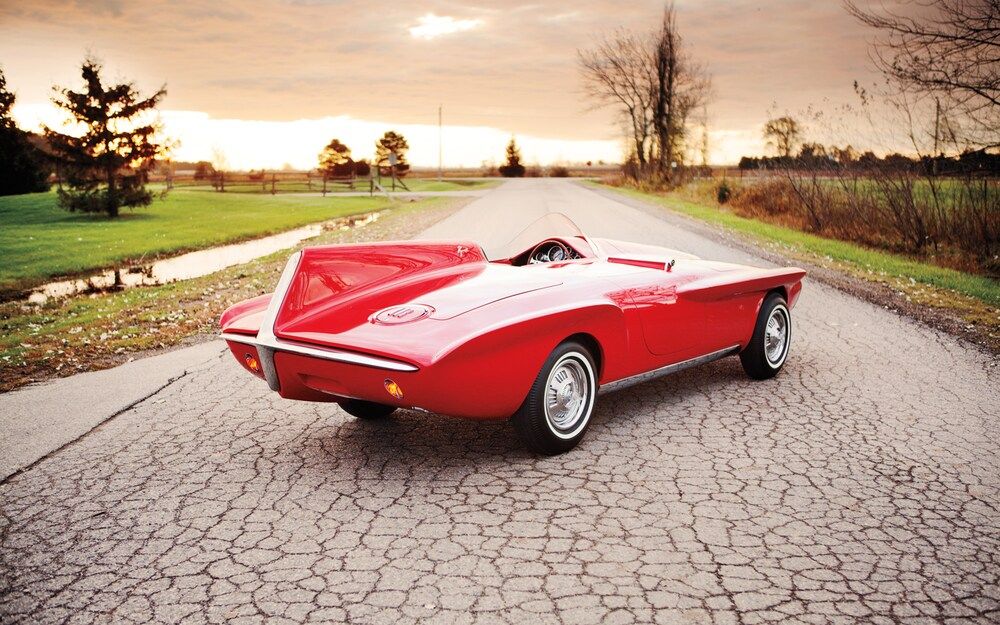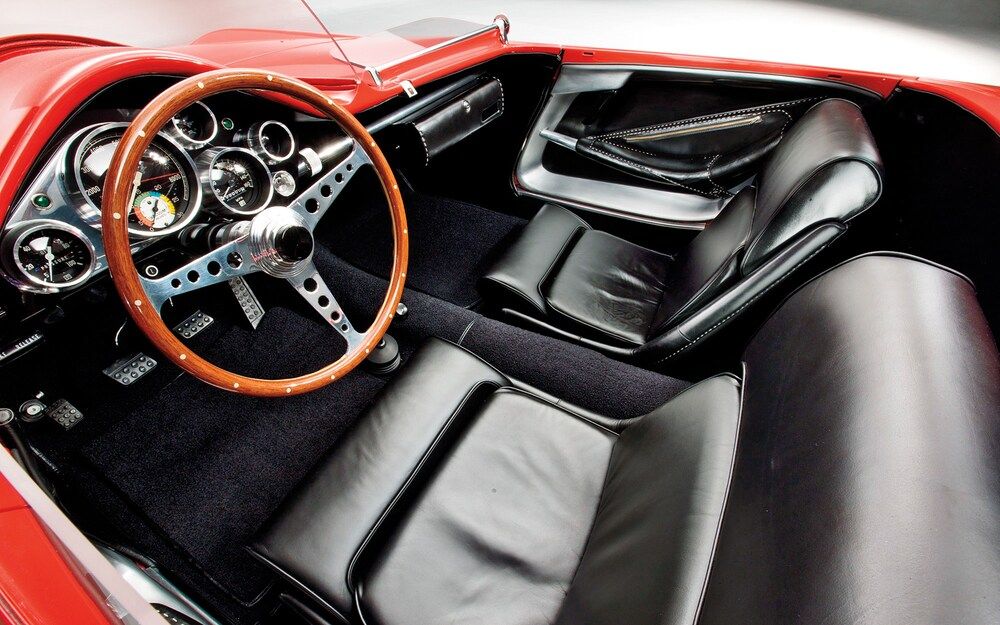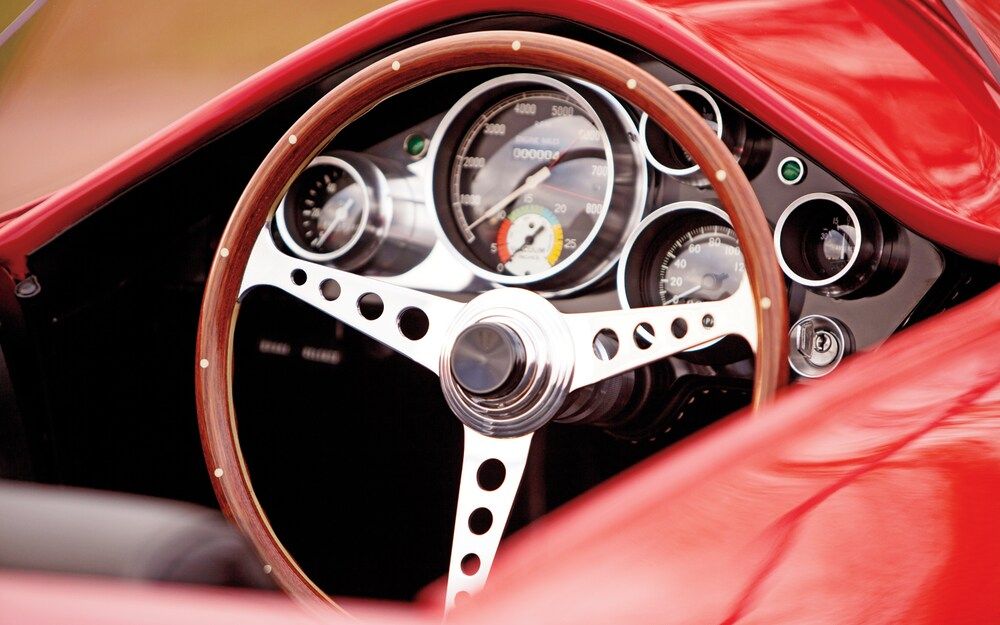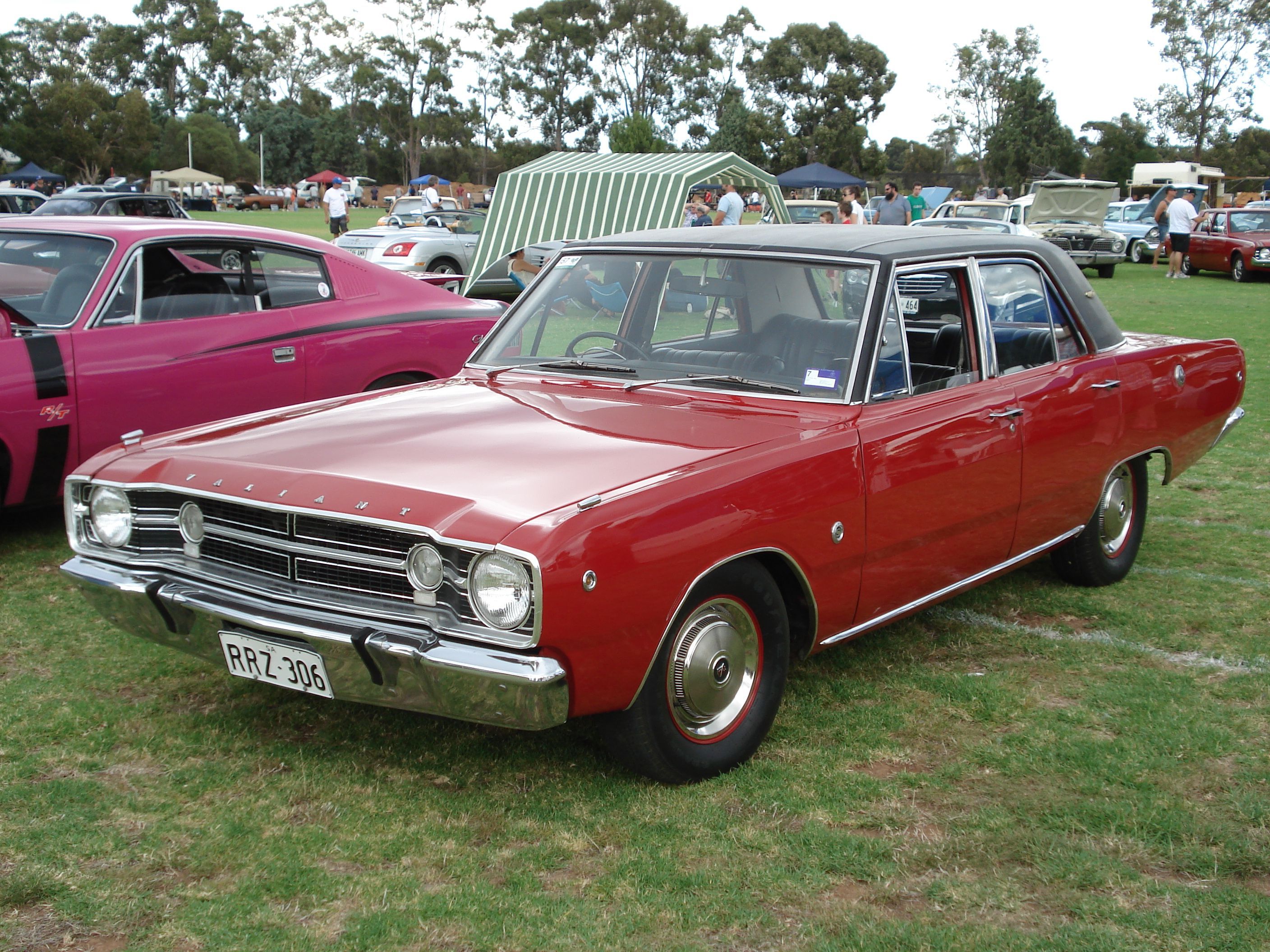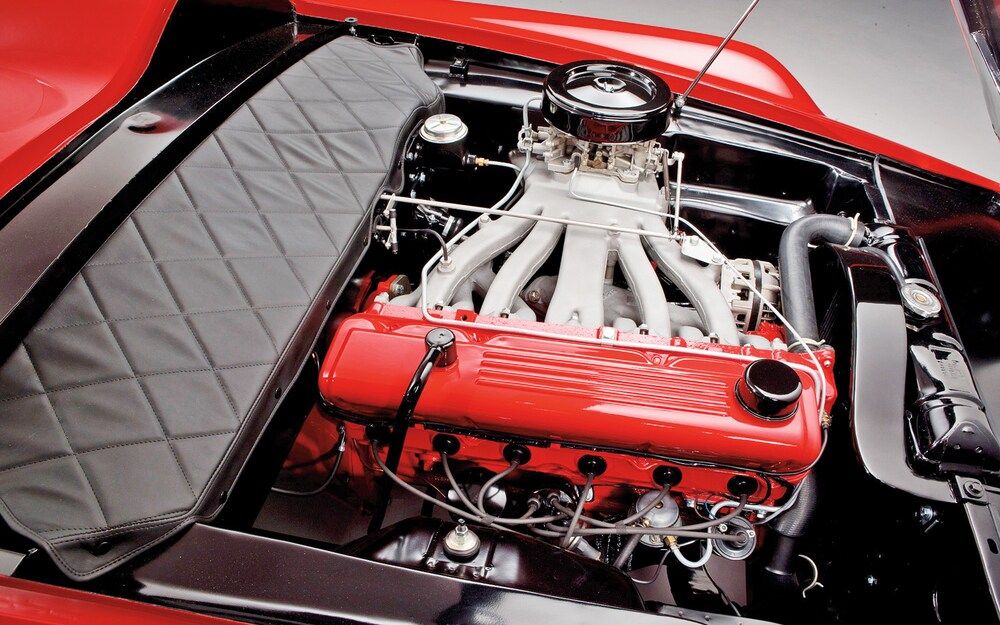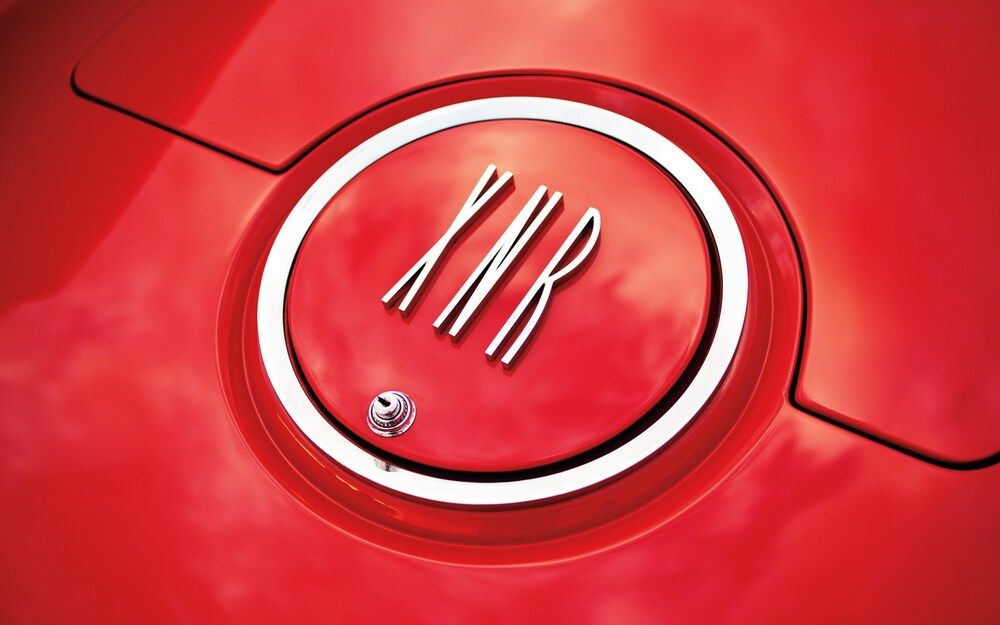The 1960 Plymouth XNR Concept was a car designed by famed auto designer Virgil Exner. It was a glimpse of the best Chrysler had to offer. Asymmetrical and inspired by aircrafts, it was and still is a show stopper. Back in those days, concept cars were created, toured throughout the world as a look into the future, proving what auto manufacturers were capable of, and then scrapped.
They were disposed of never to see the light of day again. Shown in the New York Auto Show for the first time in 1960, the car made its way around the world. Exner wanted to own it after the car completed its tour, but it was ultimately sold after Chrysler no longer needed it.
Let's take a closer look at the Plymouth XNR concept car.
The XNR’s Unique Asymmetrical Styling
The XNR was named after Virgil Exner, an automotive designer who, from an early age, was making strides in the market of American auto design. Exner really focused on bringing that asymmetry through on every aspect of the car.
Thinking outside the box, he wanted to create something that looked like nothing on the road. He definitely achieved that in that there is still nothing on the road that looks like it. His asymmetrical design aesthetic trickled down to even the most minute parts of the car.
The seats may look the same from afar, but when up close, it's easy to see that the passenger seat is smaller, thinner, and lower compared to the driver’s seat. The windshield on most cars is uniform, but in this asymmetrical concept, the windshields are clearly different.
The car was made with the passenger side windshield able to fold down and be completely flush with the car’s surface. The driver’s side windshield, on the other hand, is fixed and is curved around the front of the driver.
One of Exner’s favorite hobbies was photography. He wanted to bring that passion of his into the design of the car as well. The gauge cluster of the XNR is a collection of round metal and glass meters that resemble the delicate yet purposeful appearance of camera lenses. He also made the glove box a camera bag. Detachable, leather-wrapped, felt-lined, and even equipped with a strap, the design influence is clear.
How Was The Plymouth XNR Concept Built?
The concept car is based on Chrysler's Valiant chassis. The Valiant was created to give Chrysler an entry into the compact car market that was beginning to grow in the 1950s. Road & Track magazine considered the Valiant to be “one of the best all-around domestic cars”. The classic and abundant chassis was easy for Chrysler to produce, considering that it was a trendy compact car during that time. Even car collectors Jay Leno and Karim Edde grew up in one that their parents had.
The chassis was modified slightly to accommodate the extremely asymmetrical design. The plans, clay model and chassis were shipped to Ghia in Italy for the final assembly. The design studio built the XNR with an all-steel body, a departure form the usual fiberglass composition of concept cars at that time.
The Plymouth XNR Was Powered By The Slant Six
Straying from the normal concept car treatment, Exner added an engine rather than keeping the concept as just a shell of a car. The XNR was equipped with Chrysler’s trusty slant six and inline six-cylinder that was placed in the engine bay at a 30-degree angle from vertical.
The engine also carried the asymmetrical motif as it was asymmetrical itself. Meant to be driven, the reliable slant six was built up to NASCAR spec and tuned to pump out 250hp. The engine is mated to a 3-speed transmission.
The Plymouth XNR Concept Concept's Life
The one-off concept was created by Exner, and his hope was to own it after Chrysler was done with all of the press tours, showcasing the car and its quirky features. After the auto show circuit, the concept was shipped back off to Ghia in Italy, where the final assembly and manufacturing was done.
It was sold to an unknown Swiss buyer. Soon after that buyer sold the XNR to the last Shah of Iran, Mohammed Reza Pahlavi. It was sold sometime in the early 1970s and kept in an underground garage during the Lebanese Civil War from 1975-1991 in Lebanon.
Unkept and in bad need of maintenance and restoration, it was found by car collector Karim Edde, who then restored the car back to its glory day perfection. In an interview with Jay Leno at the Pebble Beach Car Show back in 2012, Karim details his team up with RM Restoration in Canada.
From 2008 to 2011, the Canadian restorers took careful measures to preserve the car’s essence and bring it back to showroom status. Karim prepared the car for auction, and it sold for $935,000 at the RM Monterey auction in 2012.

